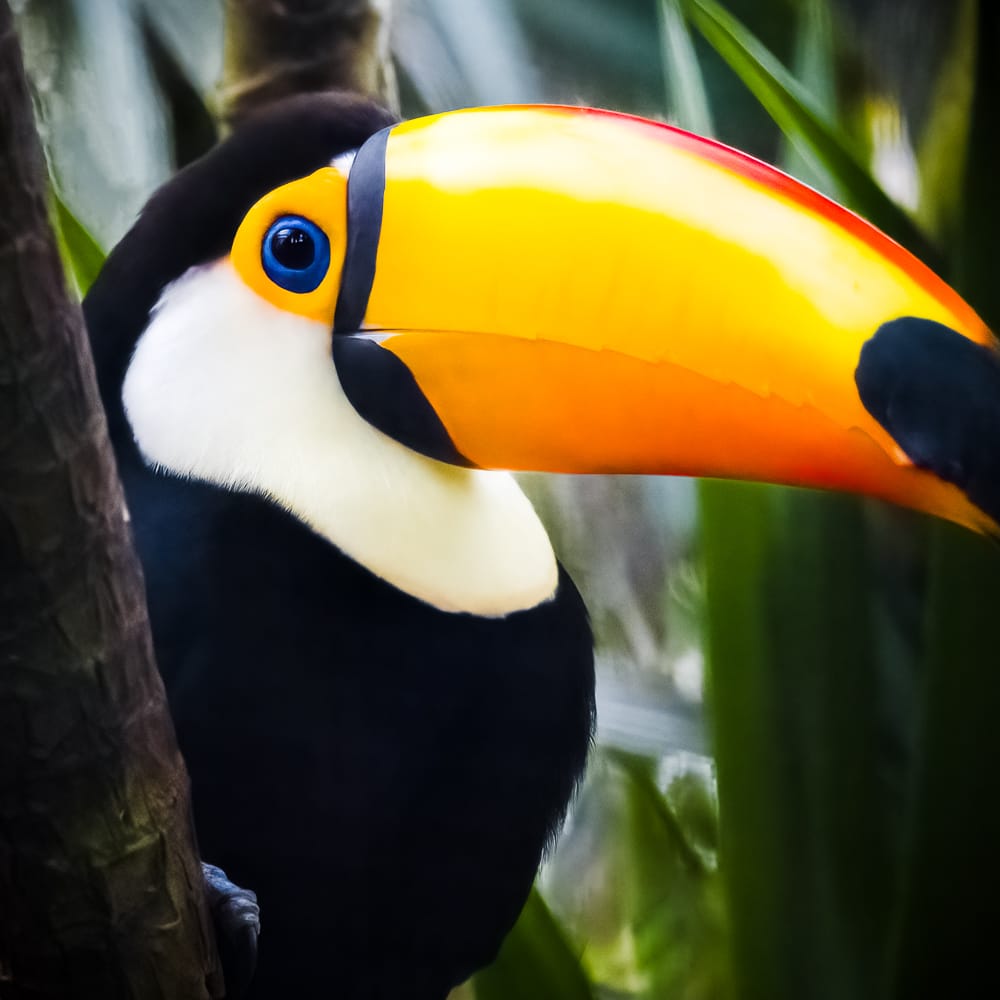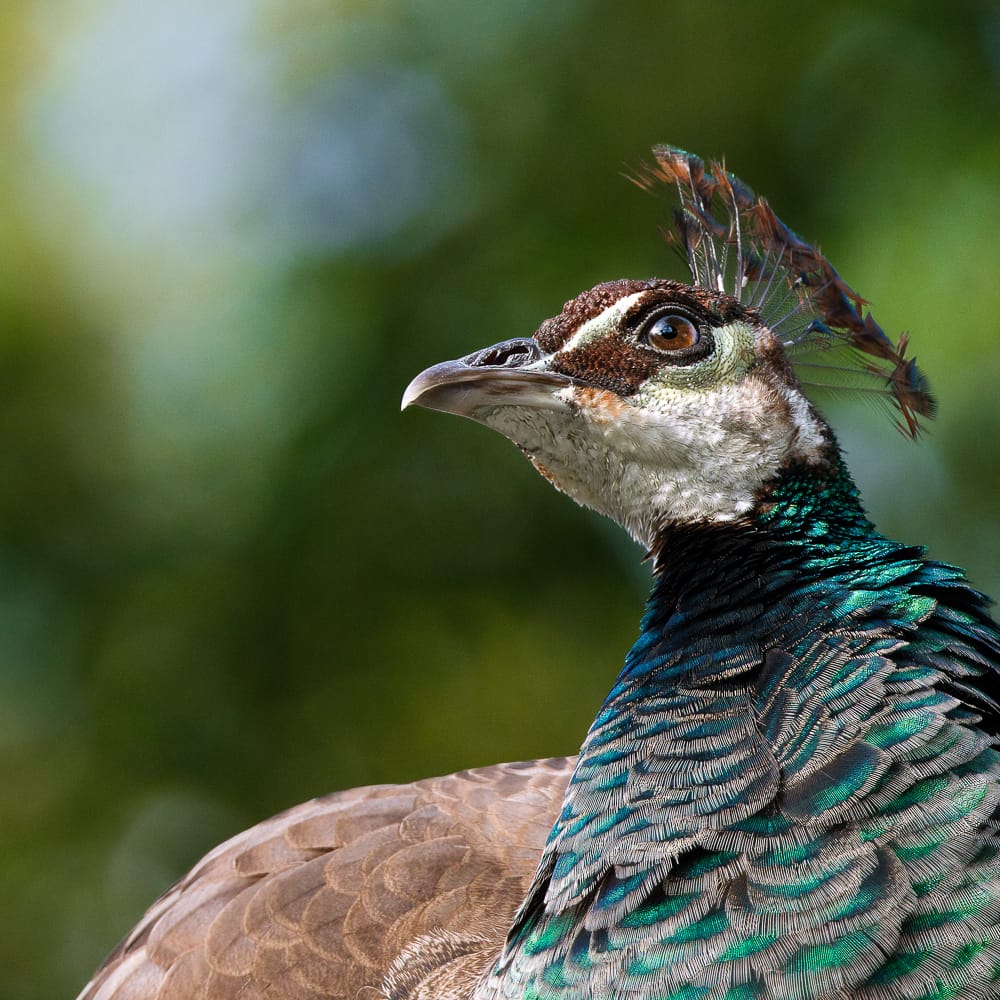
Jun 12 2025
Turkeys: Give Them Better Lives
Most turkeys in the U.S. are raised in overcrowded barns, suffer leg and bone issues from selective breeding, face 7–10% mortality, and endure long transport without food or water before inhumane slaughter.
What You Can Do
77% of Americans care about farm animal welfare, and 67% say they would pay more for products that meet humane standards. Sharing statistics about mortality rates and overcrowding can further raise awareness and pressure producers to improve practices.
Labels like Certified Humane® and RSPCA-assured Are recognized as highly meaningful by organizations like Consumer Reports and represent real change, even if still limited in availability.
The Certified Humane® label, managed by Humane Farm Animal Care, ensures turkeys are raised under strict welfare guidelines: unrestricted access to nutritious food and fresh water, protection from harsh weather, enough space to flap wings, roost, and perform natural behaviors, and a proper lighting cycle to reflect day and night rhythms.
Audits are conducted by independent experts to enforce these standards on farms in North America and beyond. Only a handful of U.S. producers, such as White Oak Pastures, Ayrshire Farm, and Koch’s Turkey, meet the whole-bird requirements for Certified Humane® turkeys.
RSPCA’s welfare criteria, based on the "Five Freedoms," set best-in-class benchmarks across all life stages, from poults to transport to slaughter. These include requirements for stocking density, bedding, lighting, ventilation, and humane handling. While their label is more common in the U.K. and Australia, its principles inform humane-certification programs worldwide.
Consumers have the power to shift demand and influence supply chains by choosing turkey that meets humane certification standards. You can further support turkey welfare by reducing how much you consume or opting for plant-based alternatives. Even small changes in your purchasing habits can help move the industry away from factory-farmed conditions and toward more ethical, transparent systems.
Learn more from my sources at Certified Humane®, RSPCA Welfare Standards, Animal Welfare Institute, Vox, and the Humane Society of the U.S.





